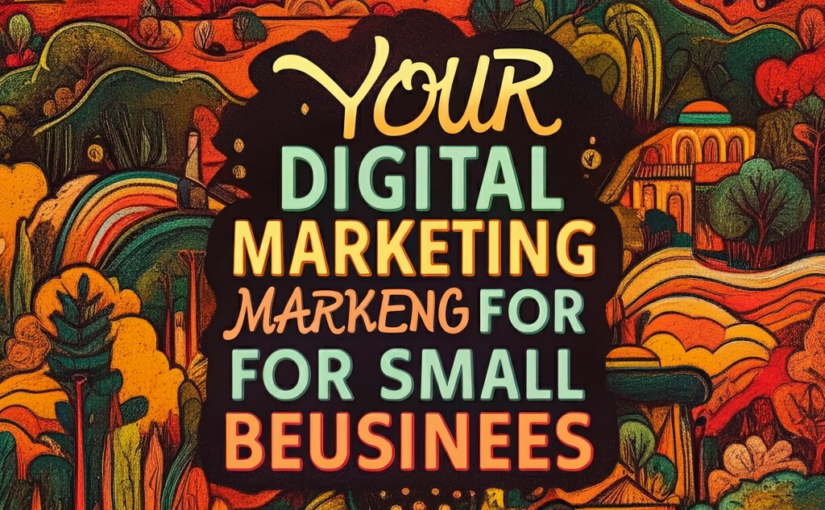How Your Local SEM Can Drive Car Injury Victims to Call Lawyers in Newark, NJ’s Competitive Market
Newark, NJ, is a bustling urban center with high traffic volumes, making car accidents a common occurrence. For personal injury lawyers, this creates a vast pool of potential clients, but also a fiercely competitive environment. In such a market, standing out requires more than just generic advertising—it demands innovative and exclusive strategies that make car injury victims pick up the phone and call. Here’s how your Local SEM strategy can achieve that.
1. Hyper-Targeted Geo-Fencing Around Accident-Prone Areas
Newark’s dense traffic and high accident rates offer a unique opportunity for hyper-targeted geo-fencing. By using Local SEM to set up geo-fences around accident-prone intersections, highways like I-78 and I-280, or even specific neighborhoods, lawyers can ensure their ads are seen by potential clients exactly when they need help.
Geo Targeted Campaigns allow businesses to focus their marketing efforts on specific geographic areas, ensuring that ads are only seen by people within a defined location.
For example, a car accident on the Pulaski Skyway could trigger ads for nearby injury lawyers within minutes. These ads can be tailored to address the immediate concerns of accident victims, such as “Injured in a Car Accident on I-78? Get Free Legal Help Now.” This real-time targeting not only increases the relevance of the ad but also boosts the likelihood that victims will call right away.
2. Leverage Hyper-Local SEO with Niche Keywords
In Newark’s competitive market, broad keywords like “car accident lawyer” are costly and highly contested. To bypass this, lawyers should focus on hyper-local SEO with niche, long-tail keywords that reflect specific neighborhoods or common accident locations within Newark. For instance, targeting phrases like “car accident attorney near Newark Penn Station” or “car injury lawyer in Ironbound” can help in capturing a more precise audience.
These niche keywords are less competitive and more aligned with the searches of individuals in specific areas of Newark. Additionally, by optimizing content around these terms—such as creating blog posts or landing pages that discuss common accident scenarios in these locales—lawyers can improve their organic rankings while reducing their paid SEM costs.
3. Offer Real-Time Chat and Click-to-Call Features
In the immediate aftermath of a car accident, victims are often stressed and looking for quick solutions. Offering real-time chat and click-to-call features directly from SEM ads can provide an instant connection with potential clients. For example, an ad that says, “Injured? Speak to a Newark Lawyer Now – Click to Call” can convert interest into action swiftly.
This approach leverages the urgency felt by accident victims, providing them with an easy way to reach out without having to navigate a website or search for contact information. The easier you make it for them to connect, the more likely they are to choose your services over a competitor’s.
4. Create High-Impact Video Ads Featuring Local Success Stories
Video content is highly engaging and can be a game-changer in a competitive market like Newark’s. Creating high-impact video ads that feature local success stories—such as testimonials from previous clients who won settlements after car accidents in Newark—can build trust and encourage potential clients to call.
These videos should be brief, emotionally resonant, and highlight the lawyer’s expertise in handling cases similar to the viewer’s situation. For instance, a video that shows a client describing how they received help after an accident on Route 21 could resonate deeply with someone who frequently drives that road. Placing these video ads in highly targeted Local SEM campaigns ensures they reach the right audience at the right time.
5. Utilize Localized Mobile Ads with Emergency Response Information
Given the high mobile usage in urban areas like Newark, mobile ads are crucial. Lawyers can differentiate themselves by creating localized mobile ads that not only promote their services but also provide immediate, valuable information. For example, an ad might say, “In an Accident? Here’s What to Do Before Calling a Lawyer” and link to a quick checklist or guide.
This type of content does two things: it helps the potential client in a moment of need, and it subtly establishes the lawyer as a trusted advisor. By offering something useful upfront, you increase the likelihood that the individual will call you when they’re ready to hire an attorney.
6. Invest in Paid Local Listings and Premium Google My Business Features
In a city as competitive as Newark, free organic listings might not be enough to stand out. Investing in paid local listings and premium Google My Business (GMB) features can enhance visibility. For example, using Google’s Local Services Ads (LSAs) ensures your firm appears at the top of search results with a “Google Guaranteed” badge, which can build trust and attract more calls.
Additionally, premium GMB features like call tracking and booking buttons can provide valuable insights into which strategies are working. Lawyers can use this data to refine their SEM campaigns continuously, focusing on what drives the most client inquiries.
7. Create a Reputation Management Strategy Centered on Newark
In a competitive market, reputation is everything. A strong reputation management strategy that focuses on collecting and showcasing positive reviews from Newark clients can set a lawyer apart. Encouraging satisfied clients to leave detailed reviews on platforms like Google, Avvo, and Yelp, specifically mentioning Newark and the surrounding areas, can enhance local credibility.
Moreover, featuring these reviews in SEM ad copy or as extensions can provide social proof directly in the search results. For example, an ad might read, “Rated 5 Stars by Newark Car Accident Victims – Call Now for a Free Consultation,” making it more compelling to potential clients.
Conclusion
Marketing to car injury victims in Newark, NJ, requires a sophisticated, multi-faceted Local SEM strategy due to the city’s highly competitive legal market. By employing exclusive tactics such as hyper-targeted geo-fencing, leveraging niche local SEO, utilizing real-time engagement tools, and creating high-impact video content, lawyers can effectively differentiate themselves and drive more calls from potential clients.
Local SEM Services provide businesses with the tools and strategies to improve their visibility in search engines, ensuring they are found by potential customers in their local area.
In this competitive environment, it’s not just about being visible—it’s about being the most relevant and trusted option when accident victims in Newark are searching for legal help. With the right mix of innovative SEM strategies, lawyers can turn the challenge of competition into an opportunity for growth and success.










